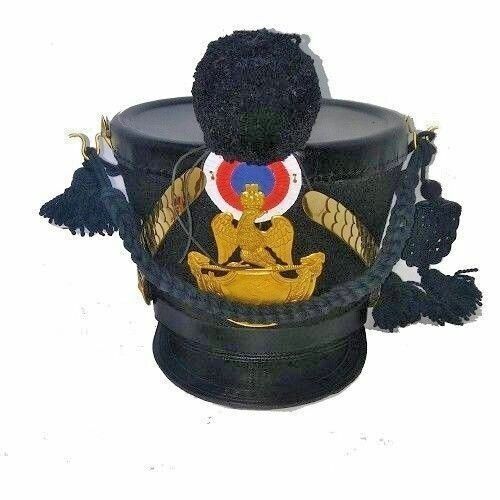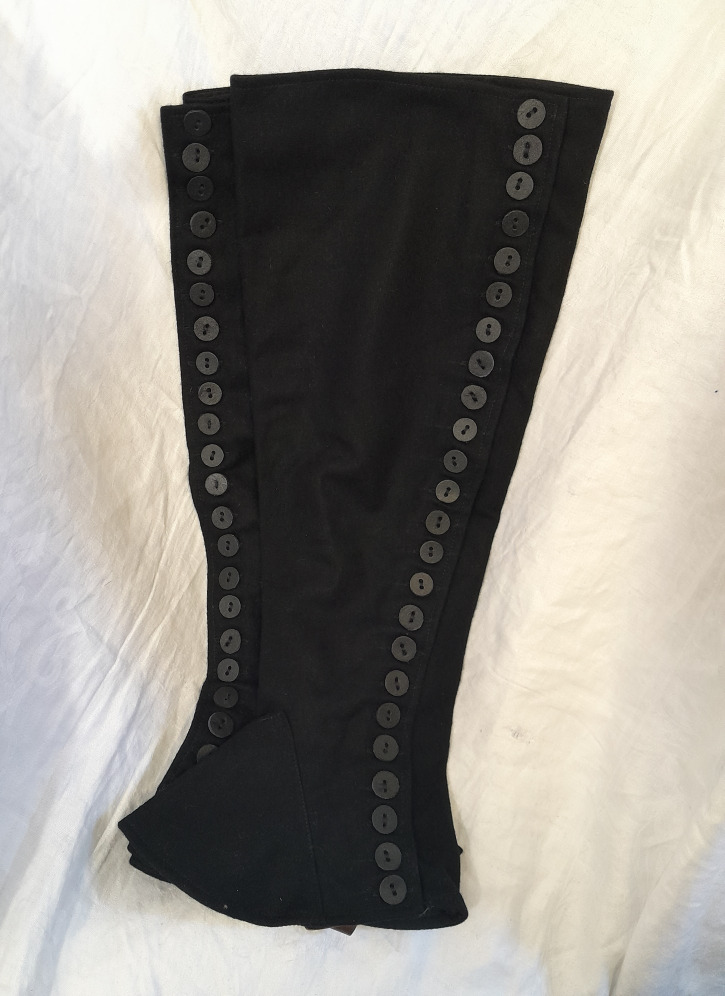-40%
GIRANDONI REPLICA LEWIS AND CLARK EXPIDITION AIR GUN
$ 115.63
- Description
- Size Guide
Description
""This listing complies with eBay’s air gun guidelines found here and I will only sell and ship air guns to buyers in jurisdictions where permitted by applicable lawsThis replica gun contains the colored markings required by law, including a permanently attached orange plug."
Resin replica, non firing non functioning Girardoni (GIRANDONI) air rifle, will not fire a ball or can not be made to fire a ball, used in the Lewis and Clark expedition, here is the history
The Girandoni air rifle was in service with the Austrian army from 1780 to around 1815. Many references to the Girandoni air rifles mention lethal combat ranges of 125 to 150 yards and some extend that range considerably. The advantages of a high rate of fire, no smoke from propellants, and low muzzle report granted it acceptance. It did have problems and was eventually removed from service for several reasons’ decades after introduction. While the detachable air reservoir was capable of around 30 shots, it took nearly 1,500 strokes of a hand pump to fill those reservoirs. Later, a wagon-mounted pump was provided. The reservoirs, made from hammered sheet iron held together with rivets and sealed by brazing, proved very difficult to manufacture using the techniques of the period and were always in short supply.
In addition, the weapon was very delicate and a small break in the reservoir could make it inoperable. It was also very different from any other weapon of the time, requiring extensive training to use.
The Lewis and Clark Expedition used the rifle in the demonstrations that they performed for nearly every Native American tribe they encountered on the expedition
The rifle was 4 ft (1.2 m) long and weighed 10 lb. (4.5 kg), about the same basic size and weight as other muskets of the time. It fired a .46 caliber ball [3] (caliber is contested, original sources such as Dolleczek[4] describe the caliber as 13mm (.51 cal) and it had a tubular, gravity-fed magazine with a capacity of 20 balls. This gravity operated design was such that the rifle had to be pointed upwards in order to drop each ball into the breech block. Unlike its contemporary, muzzle-loading muskets, which required the rifleman to stand up to reload with powder and ball, the shooter could reload a ball from the magazine by holding the rifle vertically while lying on his back and operating the ball delivery mechanism. The rifleman then could roll back into position to fire, allowing the rifleman to keep a "low profile". Contemporary regulations of 1788 required that each rifleman, in addition to the rifle itself, be equipped with three compressed air reservoirs (two spare and one attached to the rifle), cleaning stick, hand pump, lead ladle, and 100 lead balls, 1 in the chamber, 19 in the magazine built into the rifle and the remaining 80 in four tin tubes. Equipment not carried attached to the rifle was held in a special leather knapsack. It was also necessary to keep the leather gaskets of the reservoir moist in order to maintain a good seal and prevent leakage.
The air reservoir was in the club-shaped stock. With a full air reservoir, the Girandoni air rifle had the capacity to shoot 30 shots at useful pressure. These balls were effective to approximately 125 yd (114 m) on a full air reservoir. The power declined as the air reservoir was emptied
frt lower 48 states only




















